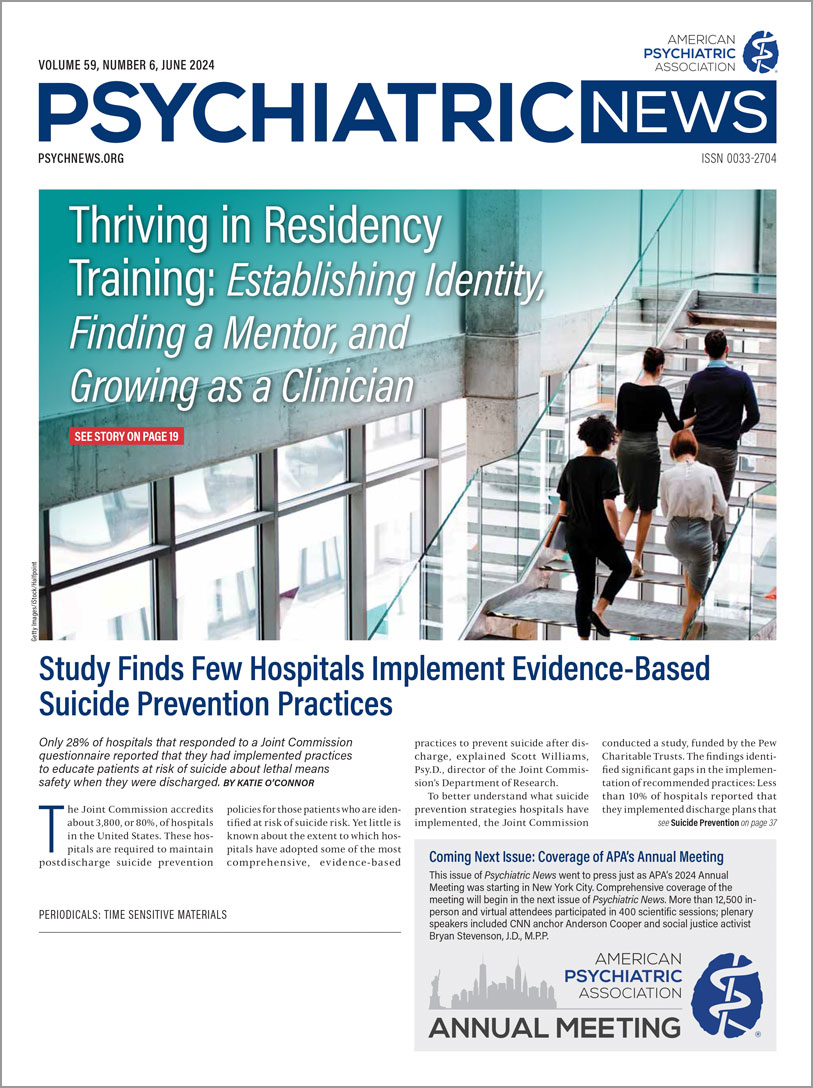MedCheck: High-Dose Naloxone, Tavapadon, Tirzepatide, and Lumateperone
FDA Approves High-Dose Naloxone Nasal Spray for Opioid Overdose
Tavapadon Promising for Motor Control Problems in Parkinson’s
Tirzepatide Effective For Obese Patients With Obstructive Sleep Apnea
Lumateperone Helpful as Adjunctive Therapy for Major Depressive Disorder
Information & Authors
Information
Published In
History
Keywords
- fda
- us food and drug administration
- high dose naloxone
- rezenopy
- opioid overdose
- summit biosciences
- kindeva drug delivery
- tavapadon
- motor control
- parkinsons disease
- tempo 3 trial
- cerevel therapeutics
- tirzepatide
- obstructive sleep apnea
- osa
- obesity sleep apnea
- surmount osa trial
- eli lilly
- lumateperone
- major depressive disorder
- intra-cellular therapies
- caplyta
Authors
Metrics & Citations
Metrics
Citations
Export Citations
If you have the appropriate software installed, you can download article citation data to the citation manager of your choice. Simply select your manager software from the list below and click Download.
For more information or tips please see 'Downloading to a citation manager' in the Help menu.
View Options
View options
Login options
Already a subscriber? Access your subscription through your login credentials or your institution for full access to this article.
Personal login Institutional Login Open Athens loginNot a subscriber?
PsychiatryOnline subscription options offer access to the DSM-5-TR® library, books, journals, CME, and patient resources. This all-in-one virtual library provides psychiatrists and mental health professionals with key resources for diagnosis, treatment, research, and professional development.
Need more help? PsychiatryOnline Customer Service may be reached by emailing [email protected] or by calling 800-368-5777 (in the U.S.) or 703-907-7322 (outside the U.S.).
